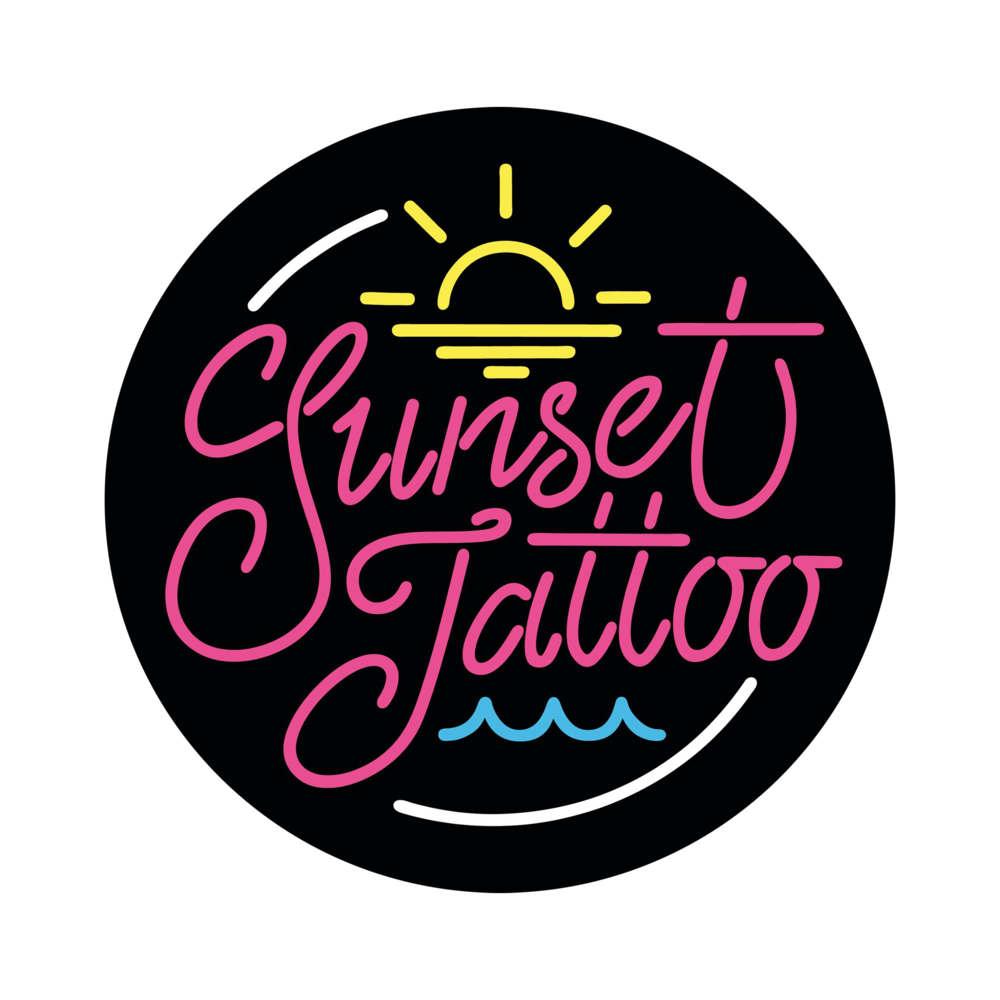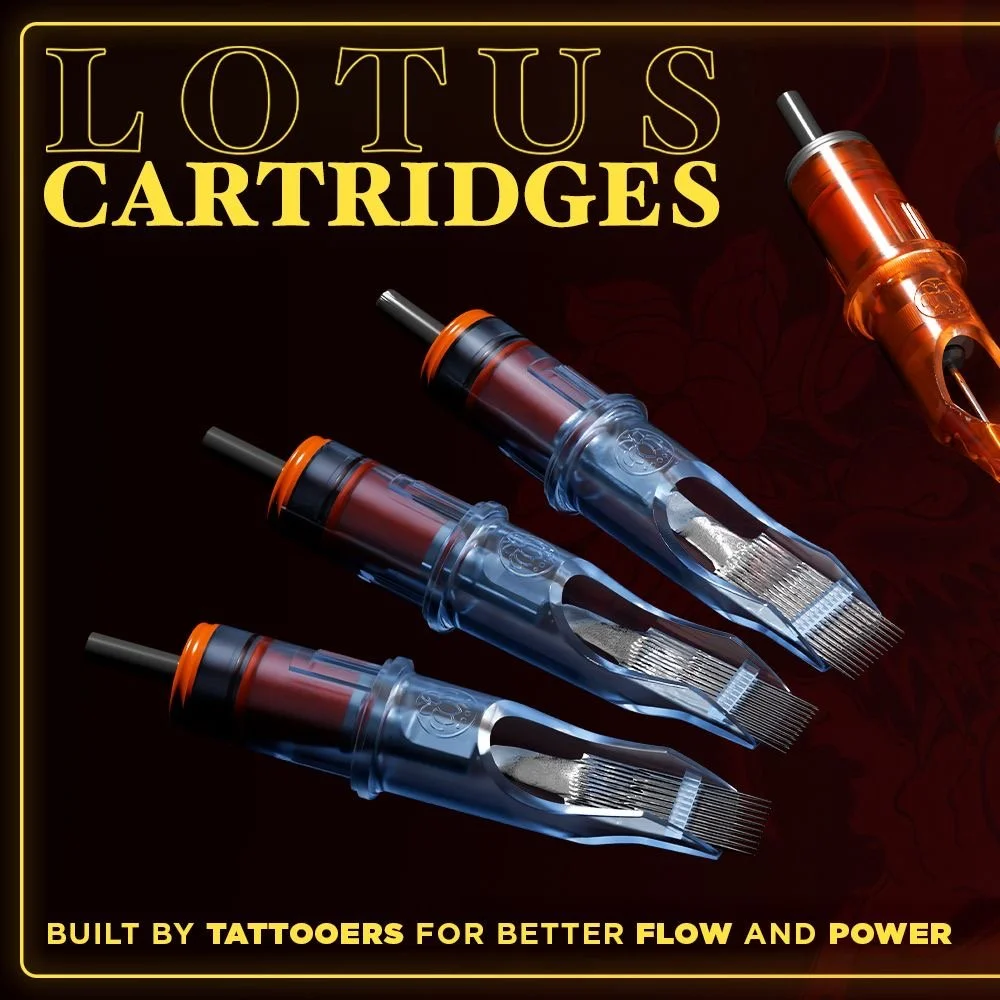In traditional Japanese tattooing; known as irezumi, the combination of the dragon and sakura is both visually powerful and deeply symbolic. When used together in a full arm sleeve, these two elements represent a balance of strength and impermanence, drawing from centuries of cultural meaning and mythological roots.
The Japanese dragon (ryū) has long been a symbol of strength, wisdom, and protection. Unlike the dragons of Western folklore, Japanese dragons are typically benevolent, associated with water and the heavens rather than destruction. In tattoo art, they often appear as long, serpentine creatures with flowing whiskers and clawed limbs. A dragon sleeve represents control over chaos, spiritual power, and personal growth. It’s also linked to ancient beliefs that dragons were guardians of natural forces, especially rain and rivers—essential elements for life.
The sakura, or cherry blossom, carries a different message. In Japanese culture, the blossom's brief life is a reminder of the fleeting nature of existence. Rooted in Buddhist philosophy and embraced by samurai ideals, sakura symbolize both the beauty and fragility of life. In tattoos, they serve as a counterbalance to more dominant figures like dragons or tigers, introducing a sense of transience, humility, and reflection.
When combined in a single sleeve, the dragon and sakura create a powerful visual contrast—strength and softness, permanence and impermanence. The dragon may wrap around the arm in bold, dynamic lines, while the sakura petals fall gently around it, often used to fill background space or emphasize motion.












